Taverns in America have long been more than just places to quench thirst; they served as vibrant hubs of community, culture, and commerce. From their modest beginnings to their golden age, taverns evolved into iconic establishments that reflected the social and historical tapestry of early America. These establishments weren’t merely spaces to drink but became centers of conversation, debate, and connection, often playing pivotal roles in shaping local cultures, economies, and even politics. Whether it was the colonial era or the bustling streets of urban centers, taverns were where stories were told, deals were made, and memories were created. In this article, we’ll explore the rich history of taverns in America, delving into their origins, significance, and enduring legacy across different eras. From the first tavern to the lively pubs of the 1700s, uncover the fascinating journey of how these establishments became an integral part of American life.
Key Takeaways
– Taverns were pivotal in fostering sports culture in colonial America, serving as hubs for competitive activities like cockfighting, wrestling, horse racing, and early ball games.
– Taverns acted as vital community spaces, facilitating social interaction, camaraderie, and economic growth through events and betting.
– Taverns in the 1700s were multifaceted, serving as social hubs, inns, and centers for gaming, music, and storytelling, reflecting the cultural and economic life of the era.
– Taverns differed from bars by prioritizing community and casual gatherings, offering a broader range of drinks and sometimes food, compared to bars’ focus on nightlife and sophisticated cocktails.

The First Tavern in the US
The first tavern in the United States was established in Boston, Massachusetts, by Samuel Cole. Cole’s Inn opened its doors on March 4, 1634, located on what is now Washington Street, near Downtown Crossing. This establishment marked the beginning of the tavern culture in America, serving as a place for travelers and locals to gather, exchange news, and enjoy beverages.
Where Did the Tavern Originate?
The tavern, as we know it today, has its roots in ancient Rome. The term “tavern” originates from the Latin word “taberna,” which translates to “small room” or “shop.” These early tabernae were modest establishments primarily focused on the sale of wine, a beverage that had become integral to daily life in Roman society. The Romans, known for their extensive trade networks, introduced this concept to various regions they conquered, including Greece and Spain, where similar establishments began to emerge.
After the fall of the Roman Empire, the tavern culture persisted in the Byzantine Empire and later evolved across Europe during the Middle Ages. By this time, taverns had become vital social and economic hubs, serving as resting points for travelers and providing basic accommodations and sustenance. In medieval England, taverns were often regulated by local laws, ensuring the quality and freshness of the ale and beer they served, which set precedents for modern brewing standards.
As the Renaissance era unfolded, taverns began to diversify their offerings, becoming more than just drinking establishments. They became cultural hotspots, attracting artists, writers, and thinkers who gathered to exchange ideas and enjoy refined meals. This evolution transformed taverns into vibrant social spaces that played a significant role in shaping regional cultures.
Thus, the tavern’s origins can be traced back to ancient Rome, where it began as a simple wine shop and gradually developed into the multifaceted establishments we recognize today, enriched by influences from various regions and historical periods.
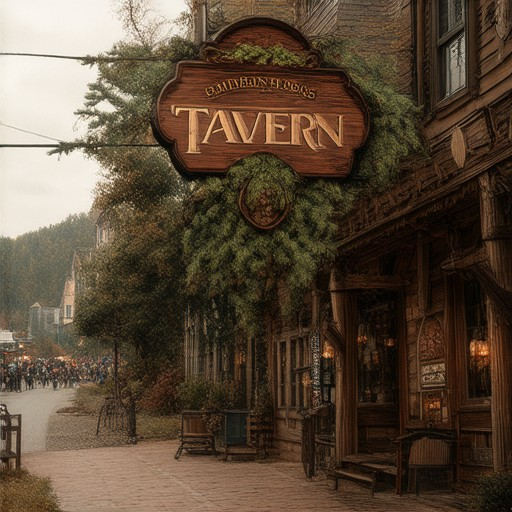
The Significance of the Tavern to the American Colonies
In the early days of the American colonies, taverns played a pivotal role beyond just serving drinks. These establishments served as vital social, cultural, and political hubs, shaping the development of communities and laying the groundwork for democratic ideals.
1. Social and Cultural Centers
Taverns were more than just places to drink; they were communal spaces where people gathered to socialize, share news, and celebrate together. In many towns, the tavern was the central gathering spot, often doubling as a hotel for travelers. This made them essential for fostering a sense of community and unity among colonists.
2. Political and Democratic Forums
One of the most significant roles of taverns was their contribution to political discourse. Before the establishment of formal meeting halls, taverns became venues for public debates and discussions. Here, colonists exchanged ideas, criticized British policies, and planned movements that would eventually lead to the American Revolution. This tradition of open discussion and collective decision-making mirrored the principles of democracy.
3. Economic and Commercial Hubs
Taverns also served as commercial centers, often housing general stores or acting as post offices. They facilitated trade and communication between different settlements, helping to integrate far-flung communities. This economic activity supported local businesses and contributed to the overall growth of colonial economies.
4. Historical Preservation
Some taverns, like the Tavern at Dufferin Arms , have preserved their historic significance. These establishments stand as living museums, offering a glimpse into the social and political life of the past. They remind us of the importance of shared spaces in shaping our history and culture.
5. Legacy and Modern Relevance
Even today, the concept of the tavern as a community hub endures. Many modern pubs continue to host local events, discussions, and gatherings, carrying forward the tradition established centuries ago. This enduring legacy highlights the timeless appeal of places where people come together to connect, share, and reflect.
From fostering community bonds to inspiring political movements, the tavern was an integral part of colonial life. Its lasting impact underscores the value of such spaces in building a sense of belonging and shaping societal change.
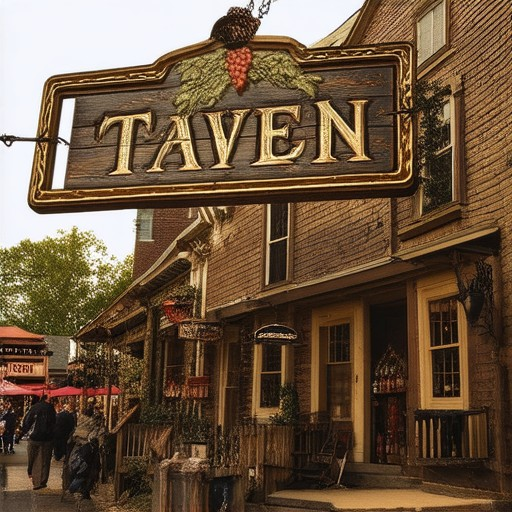
Taverns and Sport in Colonial America
Taverns played a pivotal role in the development of sports culture in colonial America, serving as hubs for both social interaction and athletic events. During the 18th century, when professional sports were nonexistent, taverns filled the void by hosting a variety of competitive activities that entertained the public and fostered community bonds.
One of the primary functions of taverns was to provide a venue for blood sports, such as cockfighting and wrestling, which were popular forms of entertainment. These events often attracted large crowds, not only because of the thrill of the competitions but also because tavern owners could capitalize on the excitement by offering betting opportunities. The combination of alcohol consumption and spectatorship created a vibrant atmosphere that appealed to both locals and visitors.
Beyond blood sports, taverns also hosted more refined sporting activities. Horse racing became a favorite pastime, with races often organized and promoted by tavern owners to draw in larger crowds. Similarly, early forms of ball games, though less formalized, were played in tavern yards, further establishing these establishments as centers of recreational activity.
Moreover, taverns acted as vital community spaces, often serving as the only venues available for public gatherings. In an era where town halls and other public spaces were limited, taverns became the go-to locations for social events. By hosting sports, they facilitated a sense of unity and camaraderie among patrons, reinforcing the role of taverns as pillars of social life.
Economically, taverns benefited from the increased foot traffic generated by sports events. Charges for admission, bets placed on outcomes, and sales of alcohol ensured a steady income stream for tavern owners. This financial incentive further motivated them to organize and promote sporting events consistently.
In addition to their role as venues, taverns also functioned as promoters of sports culture. They advertised events through signs and local notices, spreading awareness and encouraging attendance. This word-of-mouth marketing helped establish taverns as key players in the social and recreational landscape of the time.
Ultimately, taverns were more than just places to drink; they were integral to the development of sports in colonial America. By providing a safe, organized, and profitable environment for competitive activities, they contributed significantly to the cultural and social fabric of the era.
The Difference Between a Tavern and a Bar
A tavern and a bar may seem similar, but they have distinct characteristics and purposes. Here’s a breakdown of their differences:
- Primary Function: – Tavern: Serves as a community hub for drinking and socializing, often with a casual atmosphere. – Bar: Focuses on providing a space for consuming alcoholic beverages, often with a more vibrant and lively ambiance.
- Atmosphere and Decor: – Tavern: Typically has a rustic or traditional design, emphasizing comfort and a relaxed vibe. – Bar: Often features a modern or trendy look, with sleek designs and a focus on nightlife.
- Drink Selection: – Tavern: Offers a broad range of beverages, including draft beers, wines, and spirits. – Bar: Specializes in crafted cocktails and a variety of mixed drinks, often with a focus on sophistication.
- Food Availability: – Tavern: May or may not serve food, depending on the establishment. – Bar: Generally does not serve food, though some upscale bars might offer limited menus.
- Social Scene: – Tavern: Appeals to a diverse group of people, often functioning as a local gathering spot. – Bar: Targets a younger, more socially active crowd, often catering to nightlife and entertainment.
- Entertainment Offerings: – Tavern: May host live music, karaoke, or other casual events. – Bar: Could feature DJ music, themed nights, or live performances.
In summary, while both taverns and bars serve alcohol, they cater to different audiences and experiences. Taverns emphasize community and casual gatherings, while bars focus on providing a dynamic and lively social environment.
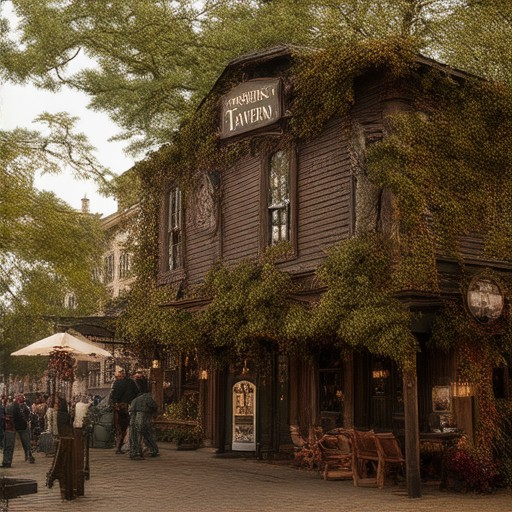
Taverns in the 1700s
Taverns in the 1700s were vibrant social hubs, playing a central role in daily life across many European countries. These establishments served as spaces for both relaxation and social interaction, often reflecting the cultural norms and economic conditions of the time.
During the 1700s, taverns were more than just places to drink ale. They functioned as community centers, gathering spots for travelers, and sometimes even makeshift courts for resolving disputes. In many cases, taverns doubled as inns, offering shelter and food to those passing through.
The social atmosphere of 18th-century taverns varied widely depending on the region. In urban areas, taverns were often bustling with merchants, laborers, and noblemen, while rural taverns might cater to farmers and local villagers. Regardless of location, these establishments were typically male-dominated spaces, though some allowed women to visit under certain circumstances.
One of the defining features of 1700s taverns was their association with gaming and betting. Dice games, card games, and other forms of entertainment were common, leading to accusations of immorality and vice. This reputation sometimes led to stricter regulations, particularly in religiously conservative regions.
Another aspect of tavern life was the prevalence of music and storytelling. Many taverns hosted traveling performers or local musicians who would entertain patrons with songs, jokes, and tales. This helped create a lively and inclusive environment that fostered a sense of camaraderie among visitors.
Despite their reputation for rowdiness, taverns also served as important spaces for political debate and the exchange of ideas. In some cases, they even became hotbeds for revolutionary thinking, as individuals gathered to discuss the changing social and political landscapes of the era.
In conclusion, 1700s taverns were multifaceted establishments that played a crucial role in shaping social, cultural, and economic life. They were spaces where people gathered to relax, socialize, and engage in a variety of activities, reflecting the complexities of the era in which they operated.
For more insights into the history of pubs and their enduring legacy, visit our dedicated blog at Dufferin Arms , where we explore the rich tapestry of pub culture and its impact on communities worldwide.

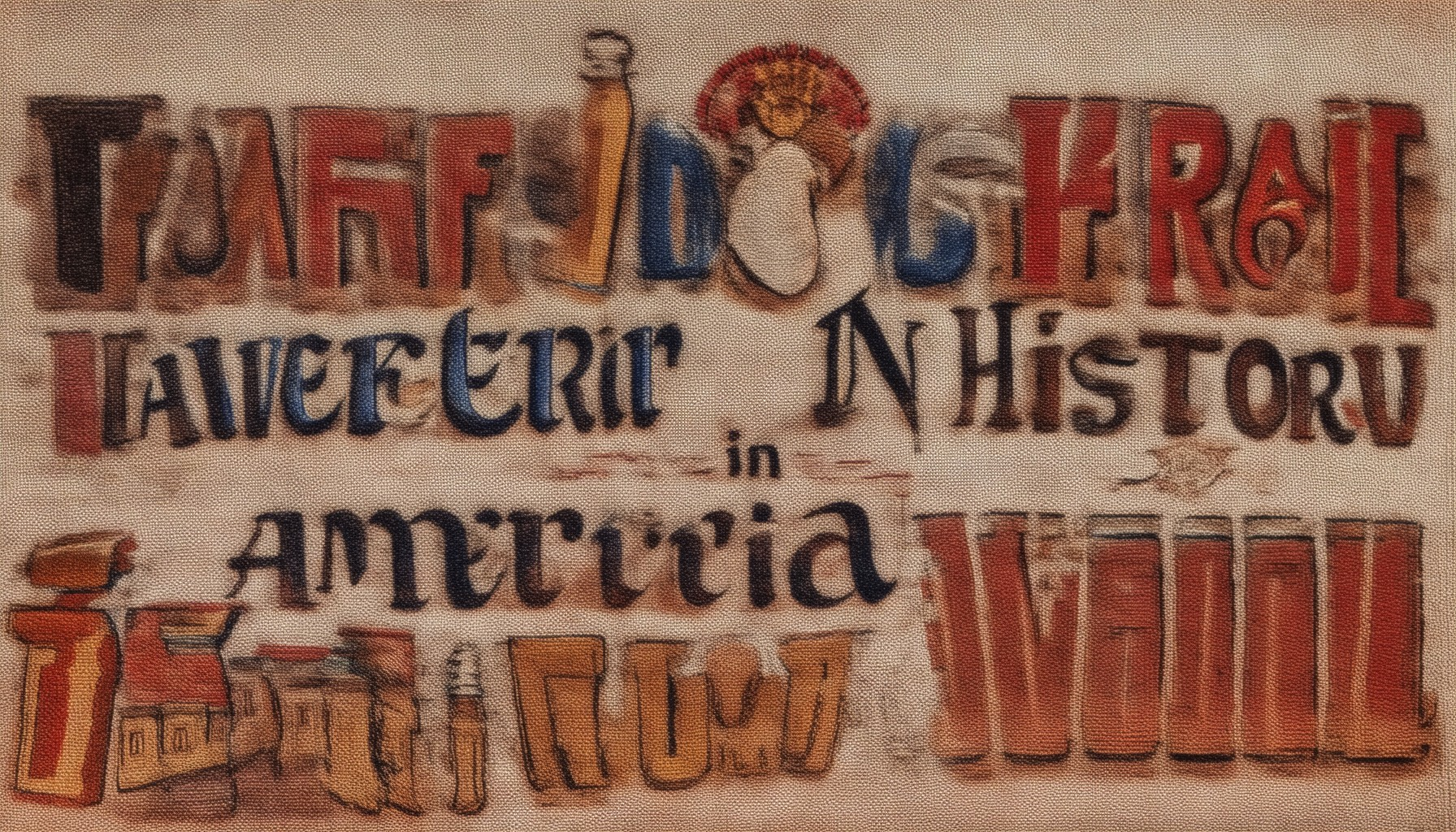
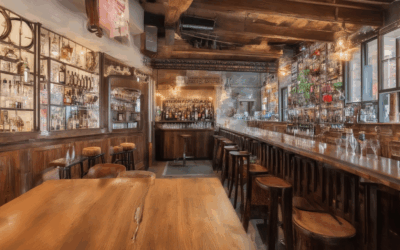
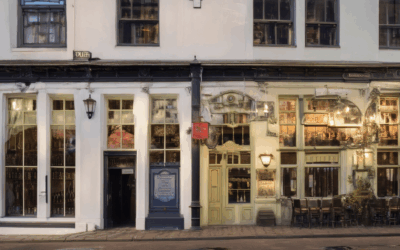
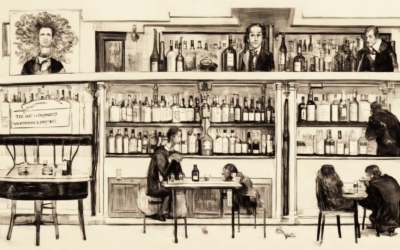
0 Comments